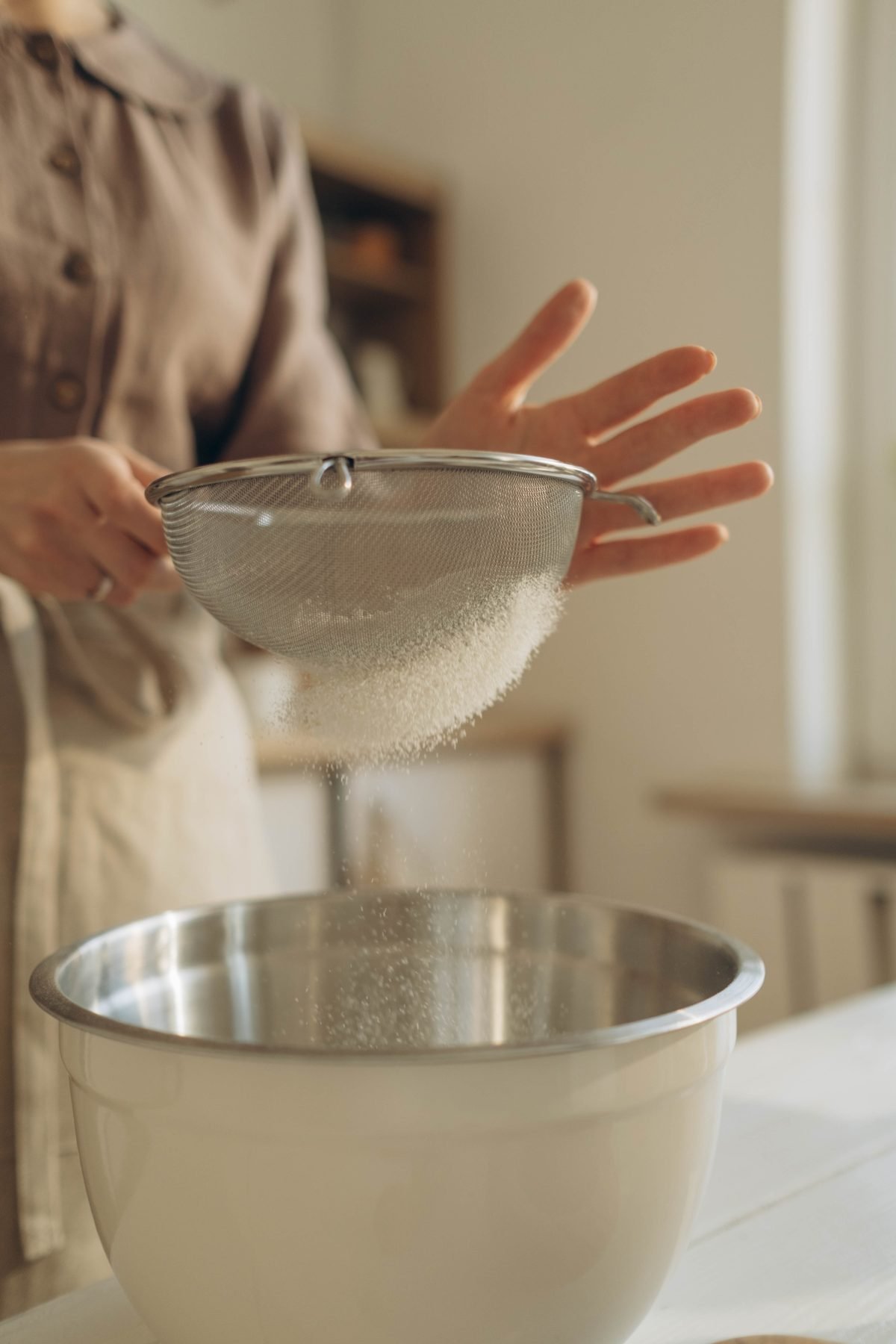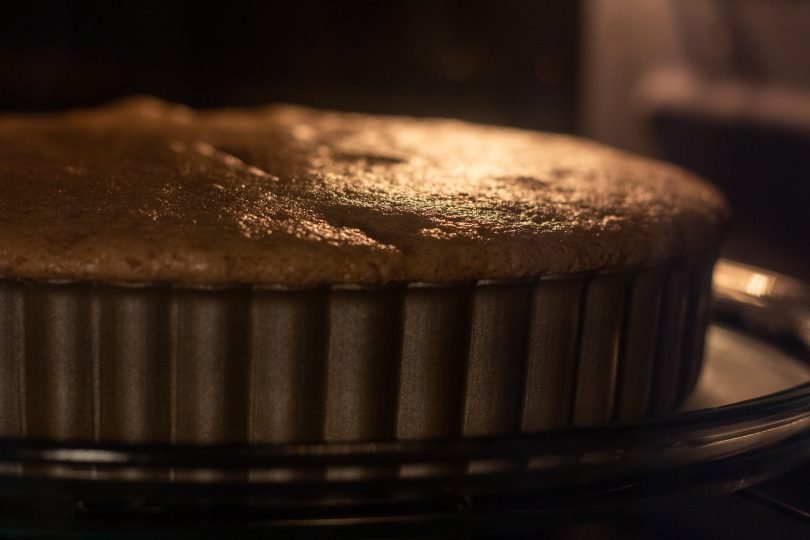Certainly! Achieving a successful genoise cake can be a bit tricky due to its delicate nature. Here are some helpful tips to ensure the success of your genoise cake:
- Room Temperature Ingredients:
Make sure your eggs and butter are at room temperature. Cold ingredients can prevent proper incorporation and affect the cake’s texture.
- Whipping Eggs and Sugar:
Whisk the eggs and sugar until the mixture becomes thick, pale, and forms a ribbon-like texture when the whisk is lifted. This is crucial for creating the cake’s structure.
- Warmth for Eggs:
To help dissolve the sugar and stabilize the egg foam, gently heat the egg and sugar mixture over a double boiler. Be careful not to overheat or scramble the eggs.
- Gradual Folding:
When adding the sifted flour, fold it in gradually using a gentle folding motion. This helps maintain the air incorporated during whisking and prevents overmixing, which can lead to a dense cake.
- Proper Folding Technique:
Use a spatula to fold the dry ingredients into the egg mixture. Gently scoop from the bottom of the bowl and fold over the top. Rotate the bowl as you fold to ensure even mixing.
- Incorporating Butter:
Add melted butter after the dry ingredients are folded in. Gently fold the butter into the batter, ensuring it’s fully incorporated without deflating the batter.
- Baking Time and Temperature:
Follow the recommended baking time and temperature closely. Overbaking can lead to a dry cake, while underbaking can result in a sunken center.
- Testing for Doneness:
Perform the toothpick test to check for doneness. Insert a toothpick into the center of the cake; it should come out clean or with a few crumbs but not wet batter.
- Cooling Properly:
Allow the cake to cool in the pan for a few minutes before removing it. Invert the cake onto a wire rack to cool completely before slicing and decorating.
- Avoid Greasing Sides:
Grease only the bottom of the pan and line it with parchment paper. The ungreased sides provide something for the batter to cling to as it rises, helping the cake achieve its height.
- Sift the Flour:
Sifting the flour before adding it to the batter helps prevent lumps and contributes to a lighter texture.

- Use Cake Flour:
If available, use cake flour instead of all-purpose flour. Cake flour has a lower protein content, resulting in a softer texture.
- Minimal Mixing:
Be gentle with the batter. Overmixing can deflate the air bubbles, causing the cake to be dense.
- Proper Pan Size:
Use the recommended pan size in the recipe. Using a larger or smaller pan can affect the cake’s baking time and texture.
- Experiment with Flavors:
Once you master the basic genoise recipe, experiment with adding flavors such as citrus zest, chocolate, or extracts for variations.
- Practice Makes Perfect:
Genoise cakes can be a bit finicky, so don’t be discouraged if your first attempt isn’t perfect. Practice and patience will lead to better results over time.
By following these tips and practicing the technique, you’ll be on your way to creating a beautiful and delicious genoise cake with a light and airy texture.

